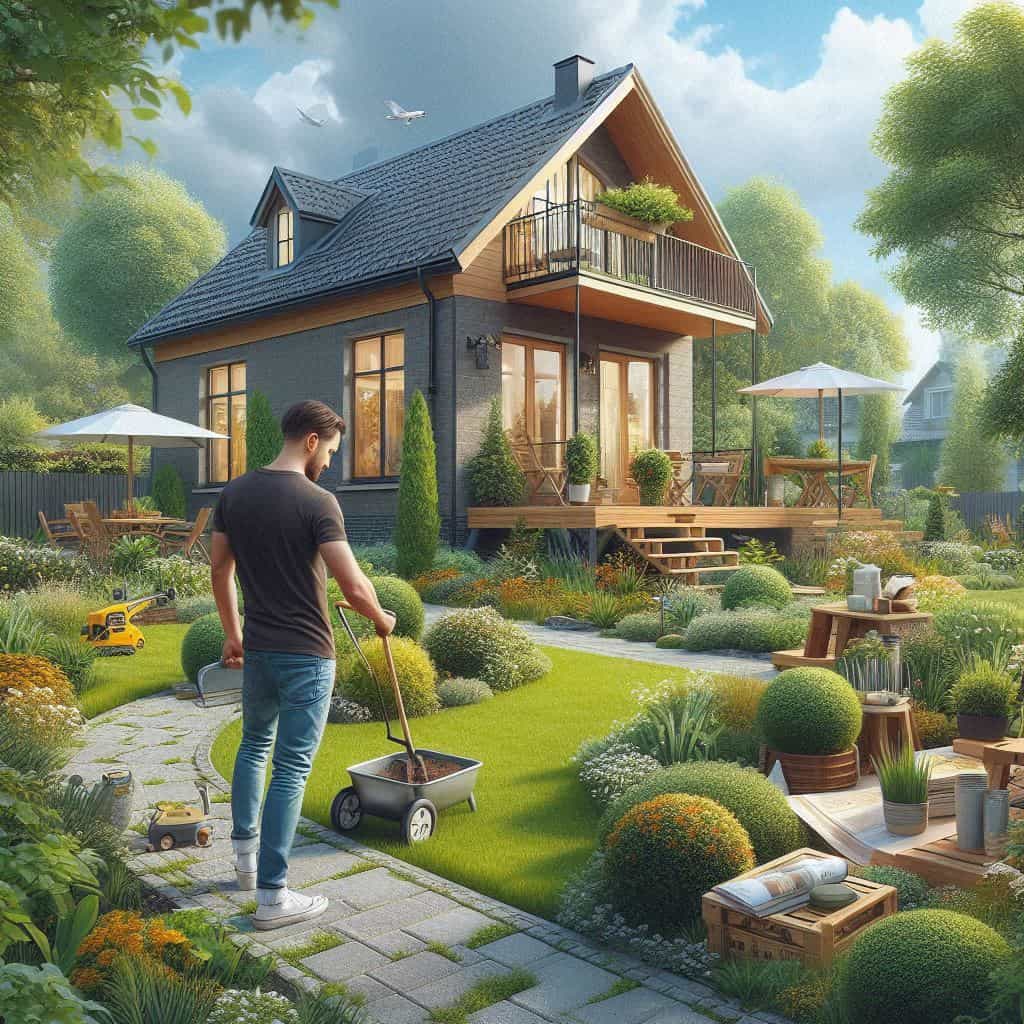Description: Canada Thistle, scientifically known as Cirsium arvense, is a persistent and invasive perennial weed that belongs to the Asteraceae family. Also referred to as Creeping Thistle or Prickly Thistle, this plant is recognized for its aggressive growth and ability to colonize a wide range of habitats. Native to Europe and Asia, Canada Thistle has become a problematic weed in many regions worldwide.
Habitat and Distribution: Canada Thistle thrives in various environments, including pastures, roadsides, and disturbed areas. It is particularly problematic in agricultural settings, where it competes with crops for resources. The plant has a wide distribution, having been introduced and naturalized in North America, Australia, and other parts of the world.
Physical Features:
- Stems and Leaves: Canada Thistle produces erect, spiny stems that can reach considerable heights. The leaves are deeply lobed, spiny, and alternate along the stems.
- Flowers: The thistle's flowers are small, tubular, and pink to purple in color, forming dense clusters at the ends of the stems. Each flower head is surrounded by spiny bracts.
Ecological Impact:
Canada Thistle has both negative and positive ecological impacts:
- Invasive Nature: Its aggressive growth habit allows Canada Thistle to outcompete native vegetation, reducing biodiversity.
- Soil Stabilization: The deep and extensive root system of Canada Thistle aids in soil stabilization, making it challenging to control.
Concerns and Challenges:
- Invasive Growth: Canada Thistle is known for its extensive root system and ability to spread rapidly, making it challenging to manage and control.
Control and Management:
Cultural Practices:
- Regular Mowing: Frequent mowing can help control the height of Canada Thistle, preventing the development of flowers and seeds. However, it may not eliminate the plant entirely.
- Tillage: Aggressive tillage practices can disrupt the thistle's root system, but it should be done cautiously to avoid further soil disturbance.
Mechanical Control:
- Hand Pulling: Hand pulling is effective for small infestations. It's essential to remove the entire root system to prevent regrowth.
- Cutting and Bagging: Regular cutting of the thistle at ground level, followed by bagging and proper disposal of the cut material, can help weaken the plant.
Biological Control:
- Insect Herbivores: Some insects, such as the Canada Thistle Gall Fly (Urophora cardui), can be introduced as biological control agents. These insects target the thistle, potentially reducing its vigor.
Chemical Control:
- Herbicides: Selective herbicides labeled for broadleaf weed control are commonly used to manage Canada Thistle. Application during the plant's active growth phase is crucial for effectiveness.
Preventing Spread:
- Early Detection: Regularly inspecting areas for signs of Canada Thistle is crucial for early detection. Prompt removal or control measures can prevent its spread.
- Minimizing Soil Disturbance: Minimizing soil disturbance during agricultural and landscaping activities can help prevent the germination of Canada Thistle seeds and limit its spread.
- Crop Rotation and Cover Crops: Implementing diverse crop rotations and cover cropping can disrupt the thistle's life cycle and reduce its prevalence in agricultural fields.
In conclusion, managing Canada Thistle requires a combination of cultural practices, mechanical removal, and, if necessary, the use of herbicides. Early detection, proactive measures, and a holistic approach are essential to prevent the aggressive spread of this invasive weed in agricultural and natural environments.



